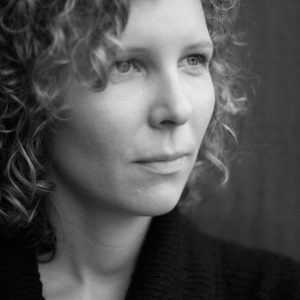Keynote 1
Thursday October 24th, 13:30

Kristina Schinegger
Kristina Schinegger is an architect, researcher and educator. Together with Stefan Rutzinger she is founder and principal of soma architecture. She holds a professorship for structure and design at the University of Innsbruck where she is co-head of the research group i.sd_structure and design together with Stefan Rutzinger. She is dean of studies at the Faculty of Architecture and scientific director of the advanced studies program “Designing Future Realities”. She studied Architecture at the University of Applied Arts Vienna (Studio Prix) and the Bartlett School of Architecture in London. From 2012 to 2016 she was a teaching fellow at the Bartlett, UCL London and taught at the TU Vienna. soma’s work has been awarded numerous prizes in international competitions and featured in renown exhibitions, such as the Venice Architecture Biennale, Archilab or the recent Tallinn Architecture Biennial.
“State and Ability”
In real life buildings are never enclosed and finished – they are reorganized, refurbished, altered, changed. If we watch the city from far distance in rapid motion we would create a completely different picture of the permeability of architecture – it is a living habitat. Likewise designing is not seen as a targeted process with clearly defined objectives and constraints. Instead, an architectural proposal is an explorative speculation and projection into the future which considering the lifespan of a building cannot be taken for granted. Consequently, design becomes a prognosis about future lives, realities and inhabitation.
Although different in scale and function, soma’s projects all share a common approach towards form, state and ability. Aesthetic and experiential qualities, performance, programme, relations between interior and exterior are not treated as separate or pre-determined, but emerge out of malleable geometrical operations that are informed by – and simultaneously alter – structural, functional, programmatic, typological or urban conditions. The practice’s design processes explore the whole spectrum between a macro-approach that deals with a figure or form and a micro-approach that focuses on structure and its spatio-temporal arrangements, which intersect with the top-down versus bottom-up polarity.

